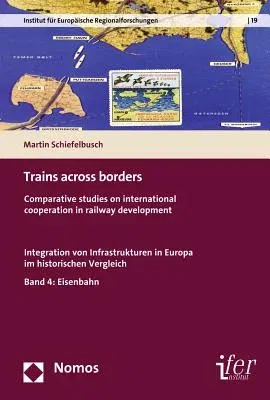Martin Schiefelbusch
(Author)Trains Across Borders: Comparative Studies on International Cooperation in Railway Development. Integration Von Infrastrukturen in Europa ImPaperback, 30 December 2013

Qty
1
Turbo
Ships in 2 - 3 days
Only 2 left
Free Delivery
Cash on Delivery
15 Days
Free Returns
Secure Checkout

Part of Series
Institut Fur Europaische Regionalforschungen / Institute for
Print Length
303 pages
Language
English
Publisher
Nomos Verlagsgesellschaft
Date Published
30 Dec 2013
ISBN-10
3848708558
ISBN-13
9783848708550
Description
Product Details
Author:
Book Format:
Paperback
Country of Origin:
US
Date Published:
30 December 2013
Genre:
Modern
ISBN-10:
3848708558
ISBN-13:
9783848708550
Language:
English
Location:
Baden-Baden
Pages:
303
Publisher: